
蒙古书法是古典蒙古文的手写技艺,它包括90个字母单元,并通过拼合形成单词。蒙古文字母由6个主要笔锋组成,它们被称为:“头”、“齿”、“茎”、“肚”、“弓”和“尾”。
Mongolian calligraphy is the technique ofhandwriting in the Classical Mongolian script, which comprises ninety lettersconnected vertically by continuous strokes to create words. The letters areformed from six mAin strokes, known as head, tooth, stem, stomach, bow andtail, respectively.
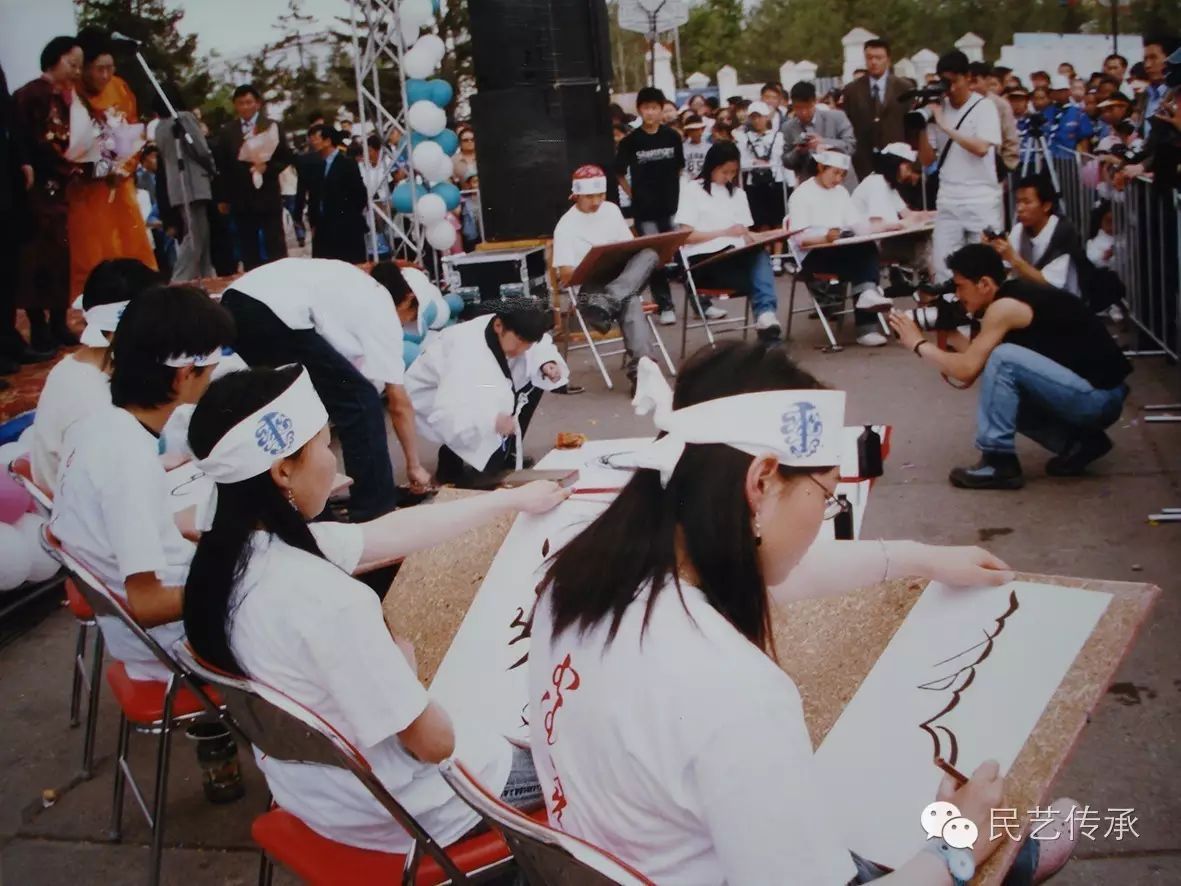


这种细致的书写形式常常被应用于公务信函、邀请函、外教信函和情书;也有速记的应用形式;同时也是标志、标识、钱币和邮票的重要艺术形式。传统上,导师会选择最优秀的学生,通过5-8年的时间培养他们成为书法家。学生和老师的艺术生命会“捆绑”在一起,以不断激发彼此的艺术灵感。
This meticulous writing is used forofficial letters, invitations, diplomatic correspondence and love letters; fora form of shorthand known as synchronic writing; and for emblems, logos, coinsand stamps in ‘folded’ forms. Traditionally, mentors select the best studentsand train them to be calligraphers over a period of five to eight years.Students and teachers bond for life and continue to stimulate each other’sartistic endeavours.


处于社会转型期的当代社会,城市化和全球化的进程导致了青年书法家数量的极具下降。目前,只有3个中年学者自愿在社区培养年轻书法家。此外,生活成本的增加,也使得导师的传授工作步履维艰。因此,需要采取特别措施去吸引年轻人加入到这门艺术活动中,以保护和真行蒙古文字和书法传统。
The rate of social transformation,urbanization and globalization have led to a significant drop in the number ofyoung calligraphers. At present, only three middle-aged scholars voluntarilytrain the small community of just over twenty young calligraphers. Moreover,increases in the cost of living mean that mentors can no longer afford to teachthe younger generation without remuneration. Special measures are thereforeneeded to attract young people to the traditional art of writing and tosafeguard and revitalize the tradition of Mongolian script and calligraphy.
(图文来源于UNESCO官网,翻译为民艺传承编辑)





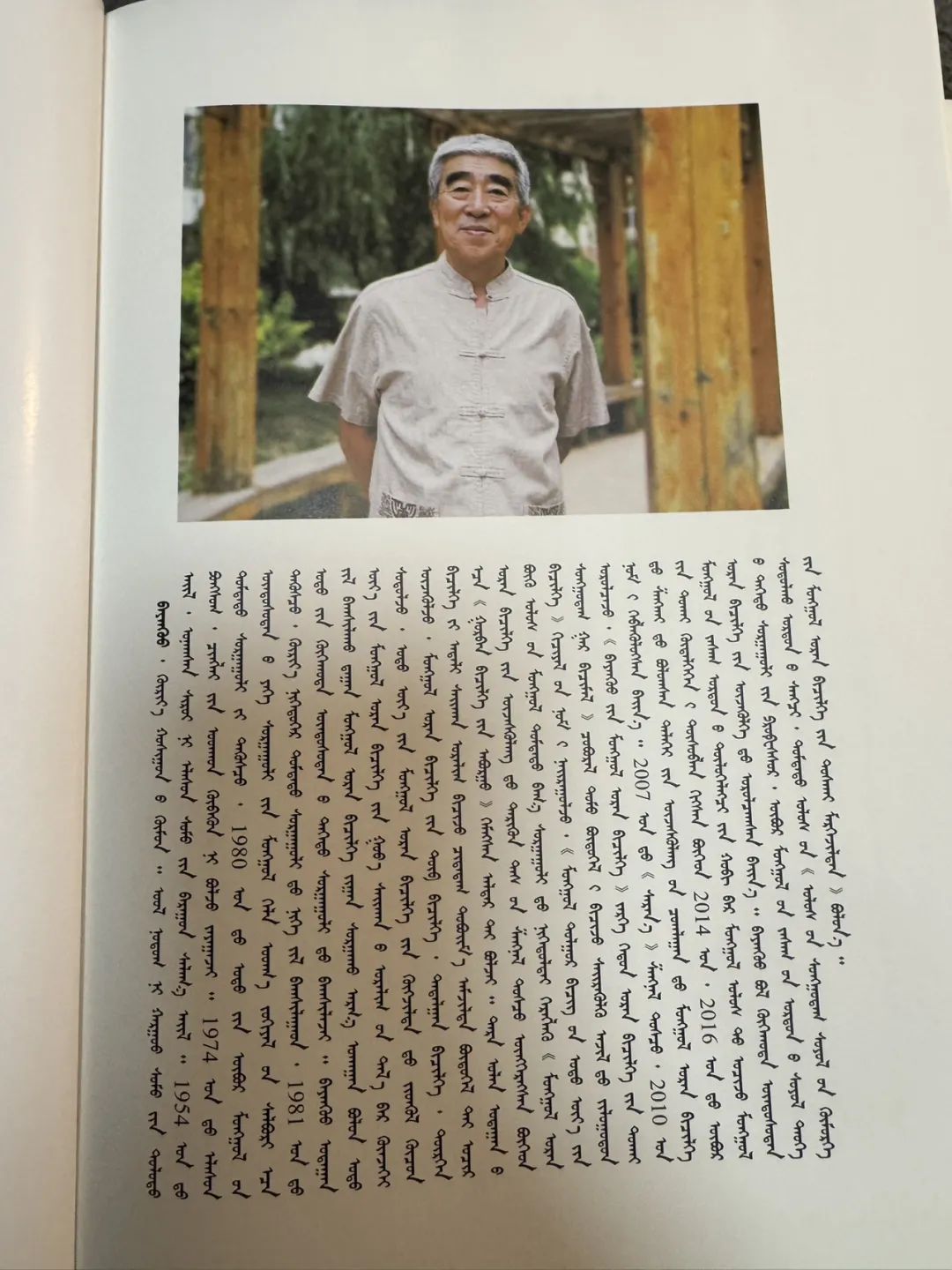
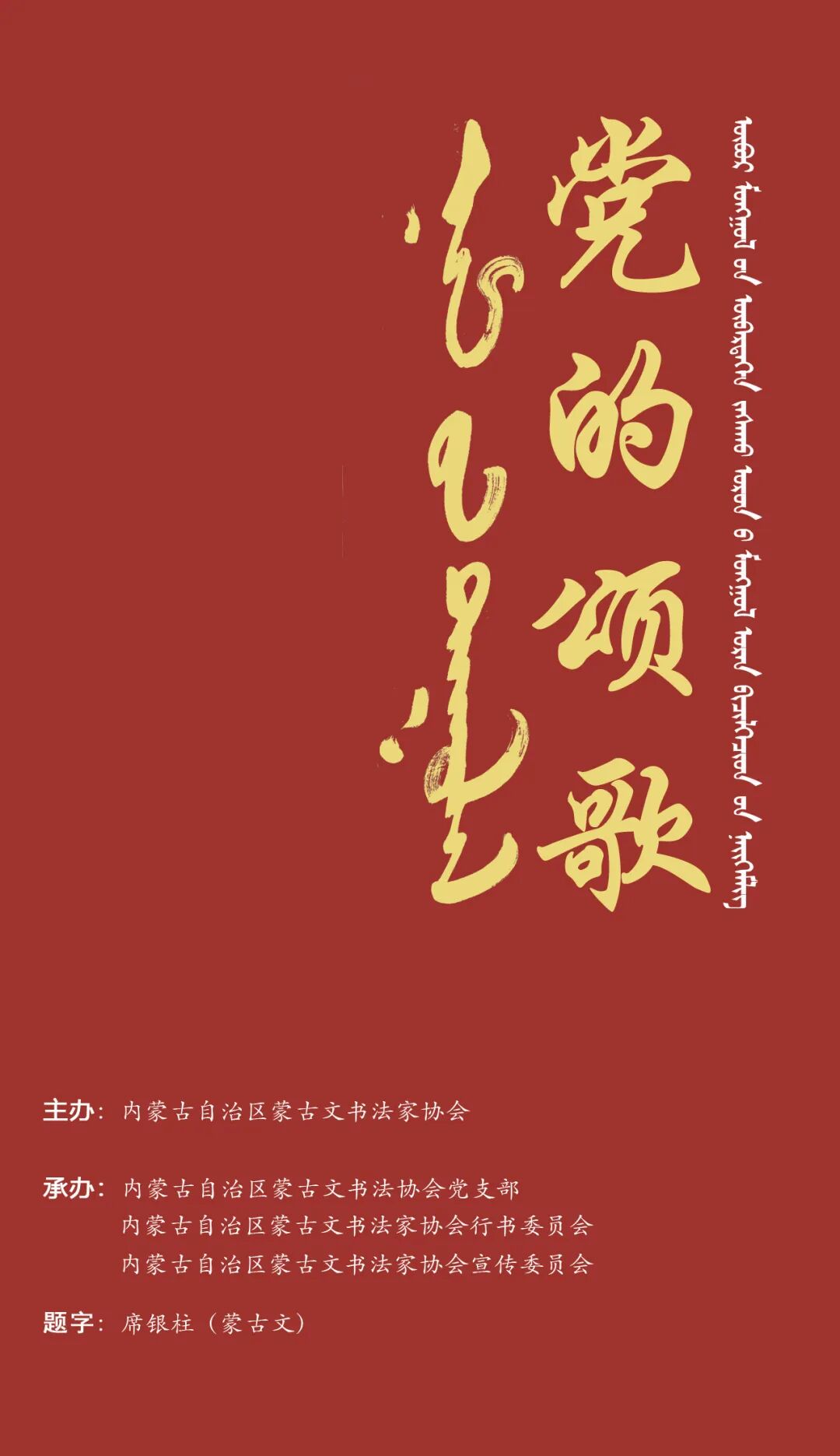


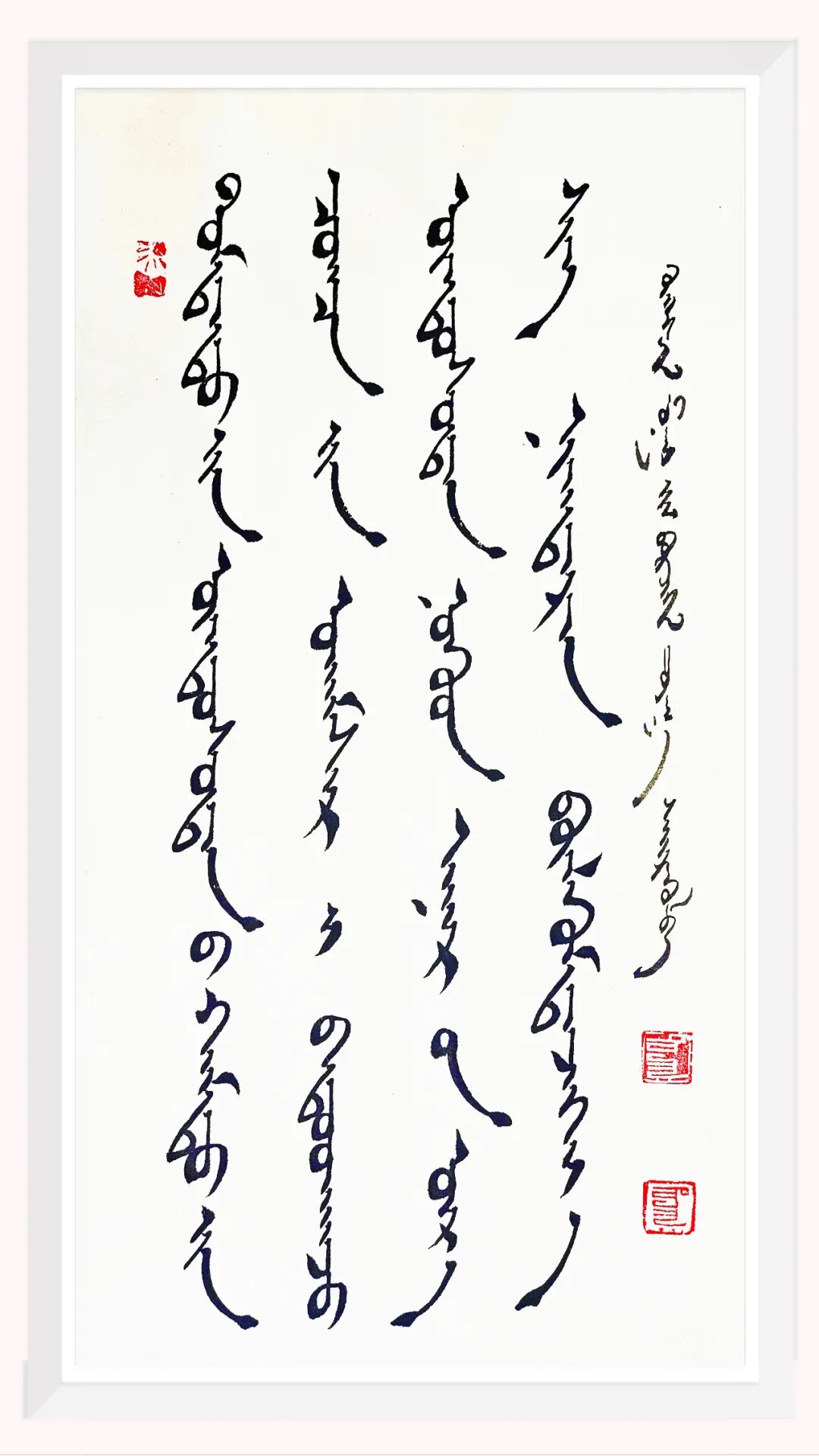
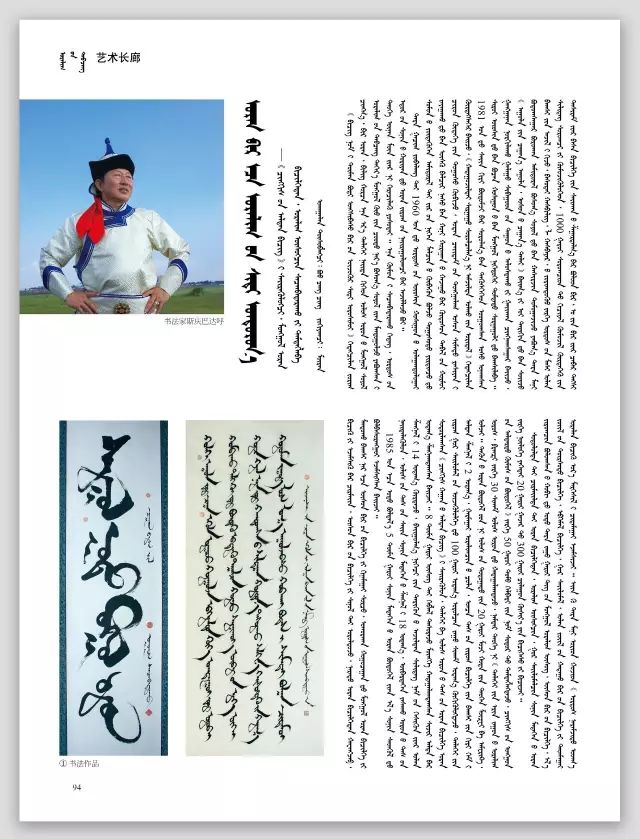

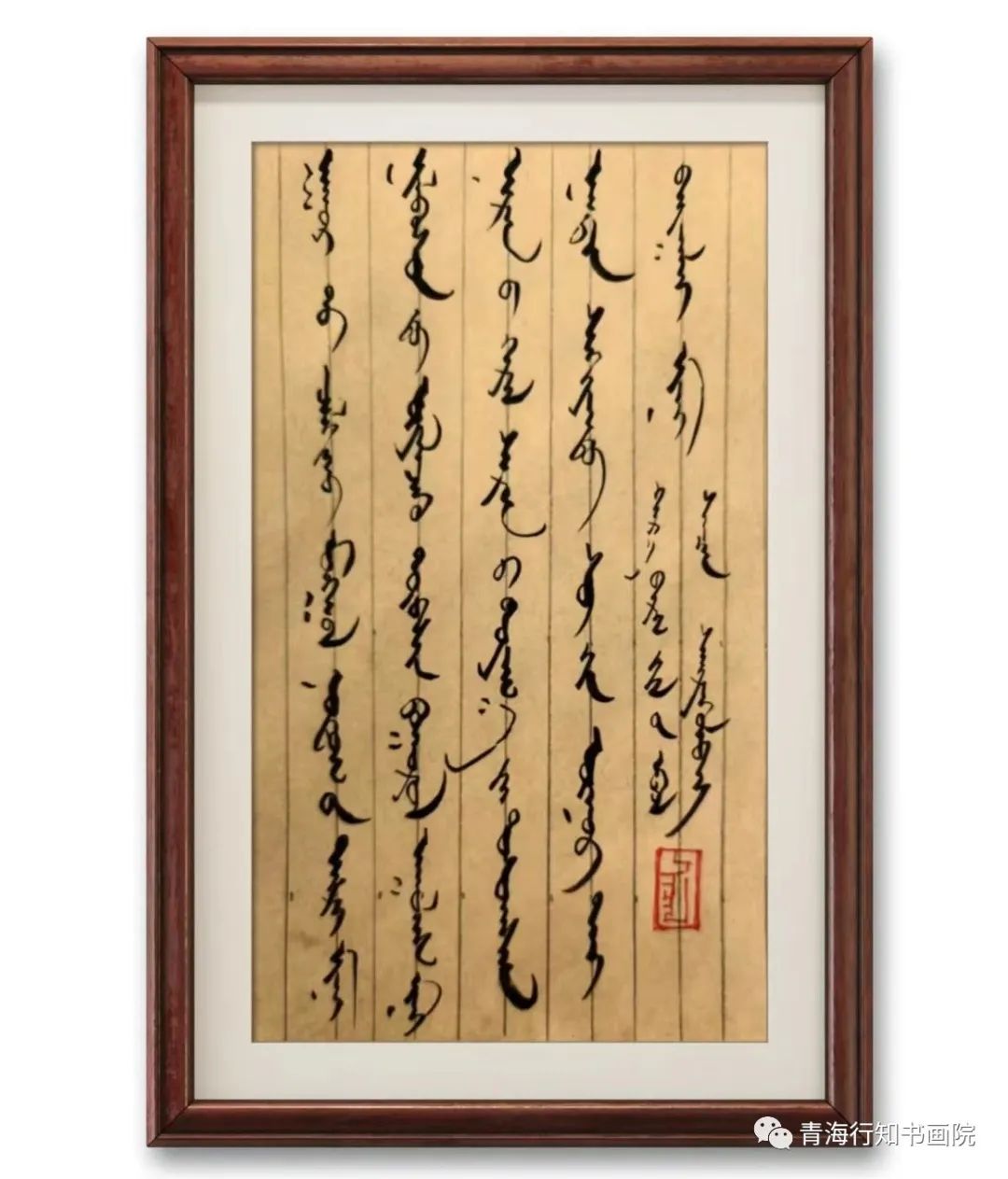
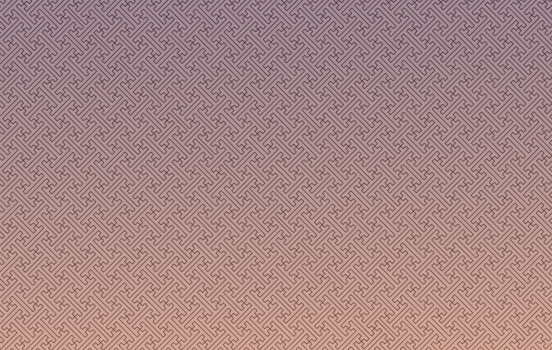

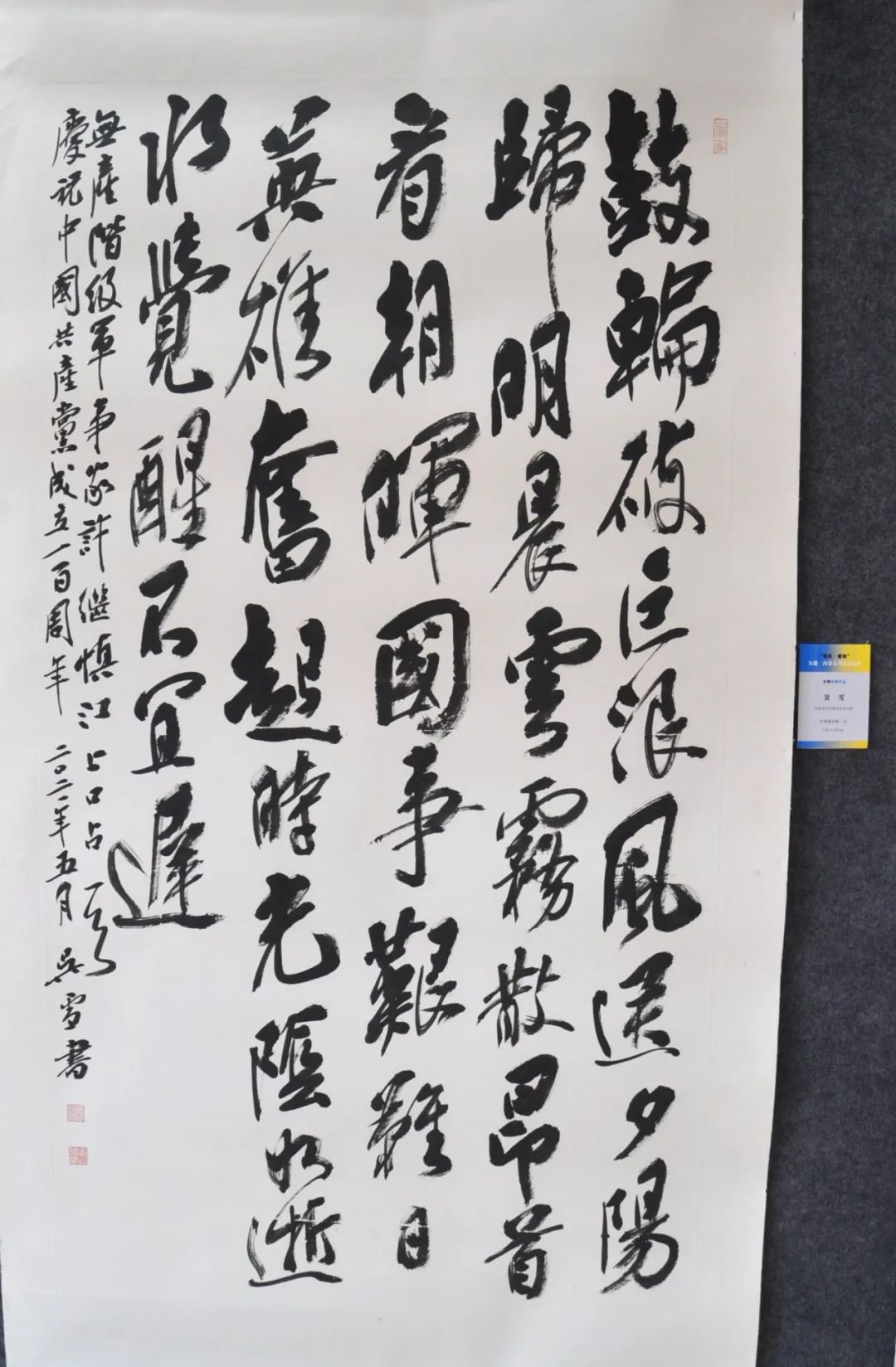
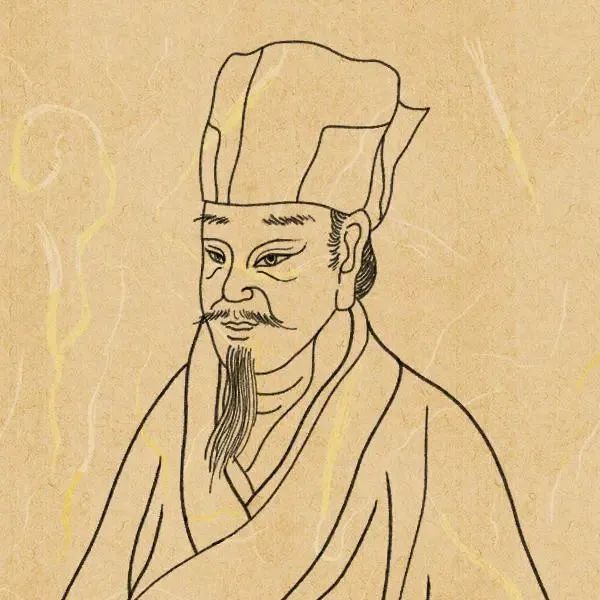
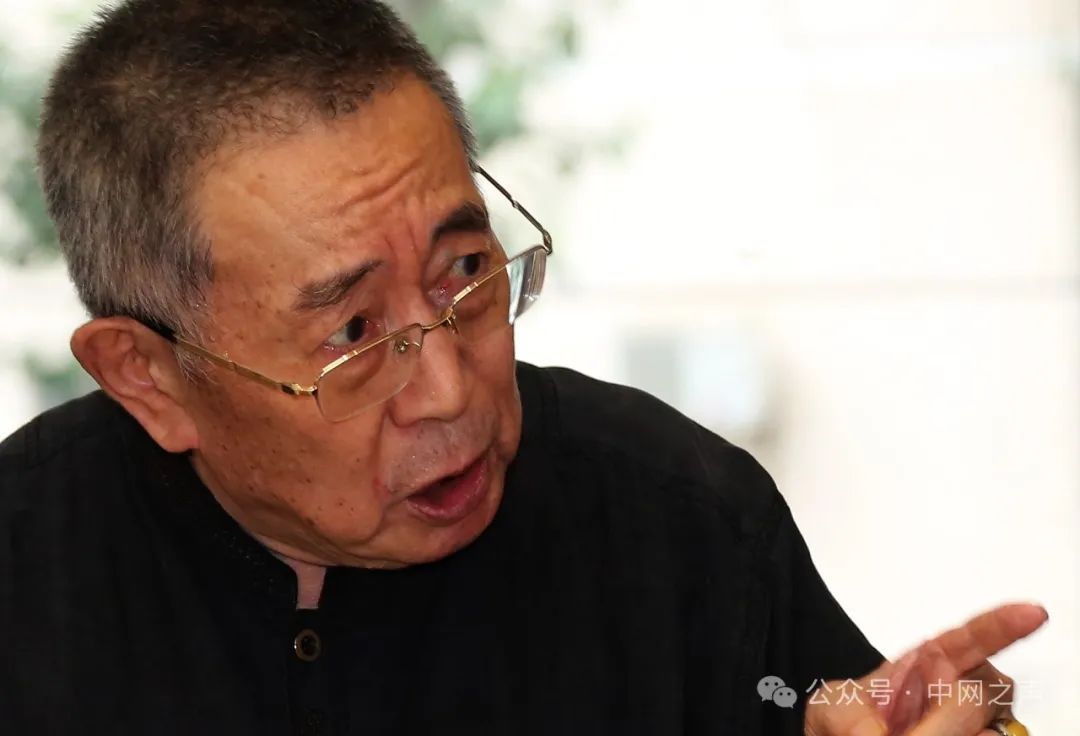
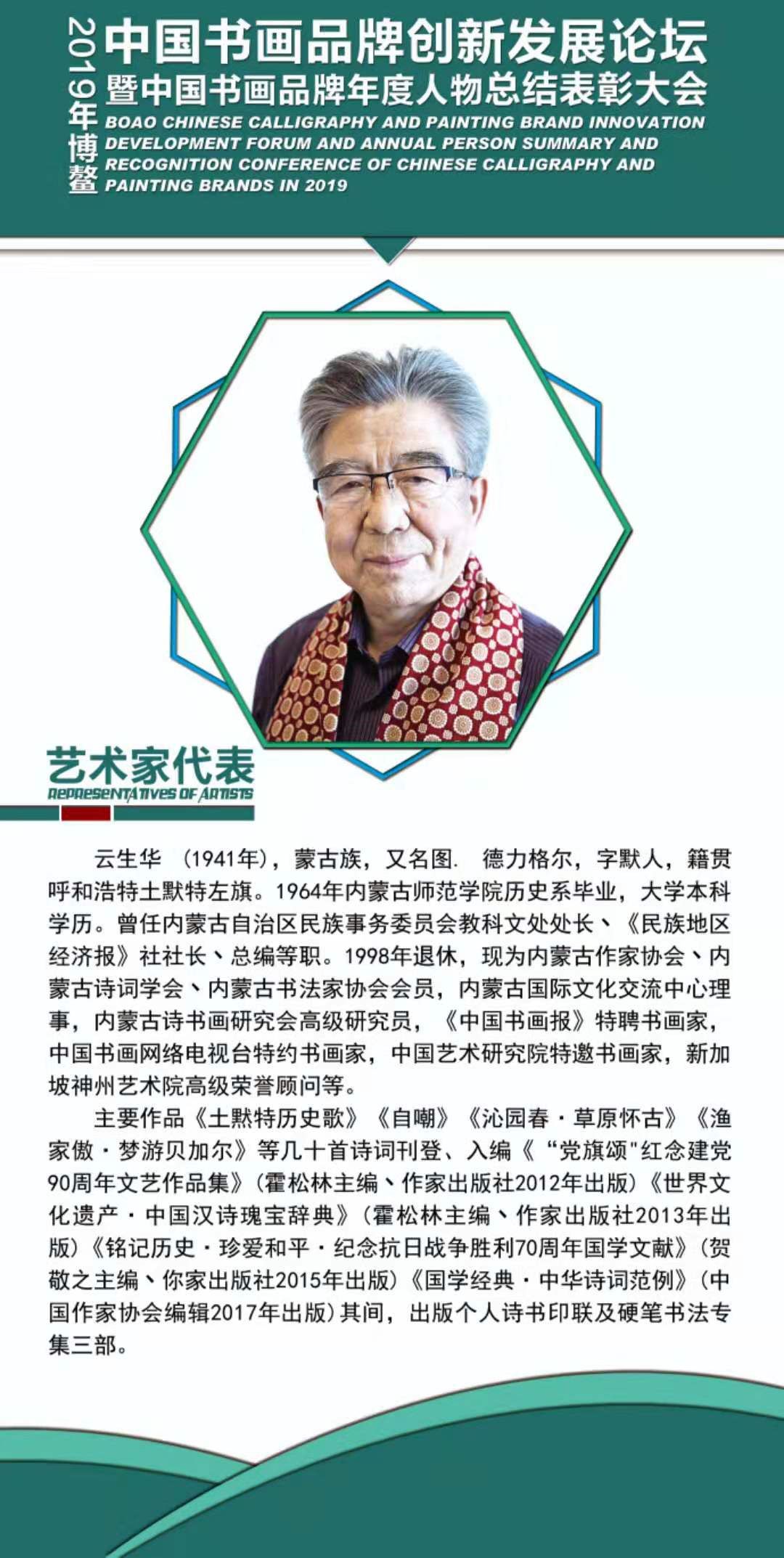


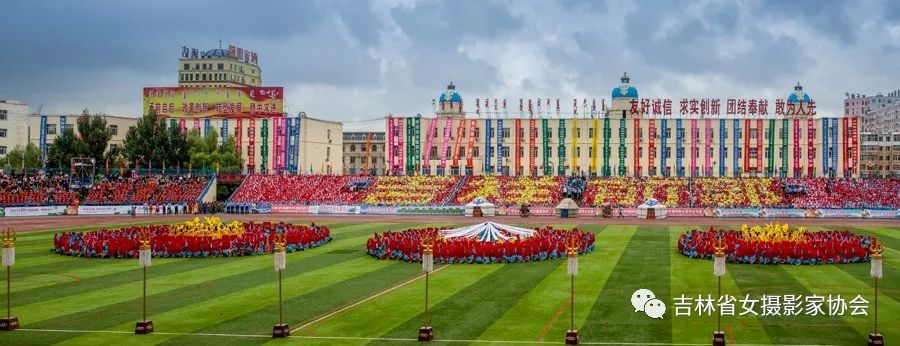
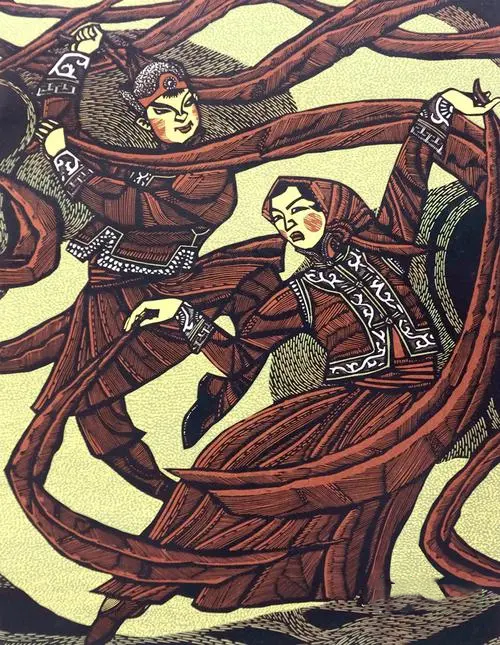
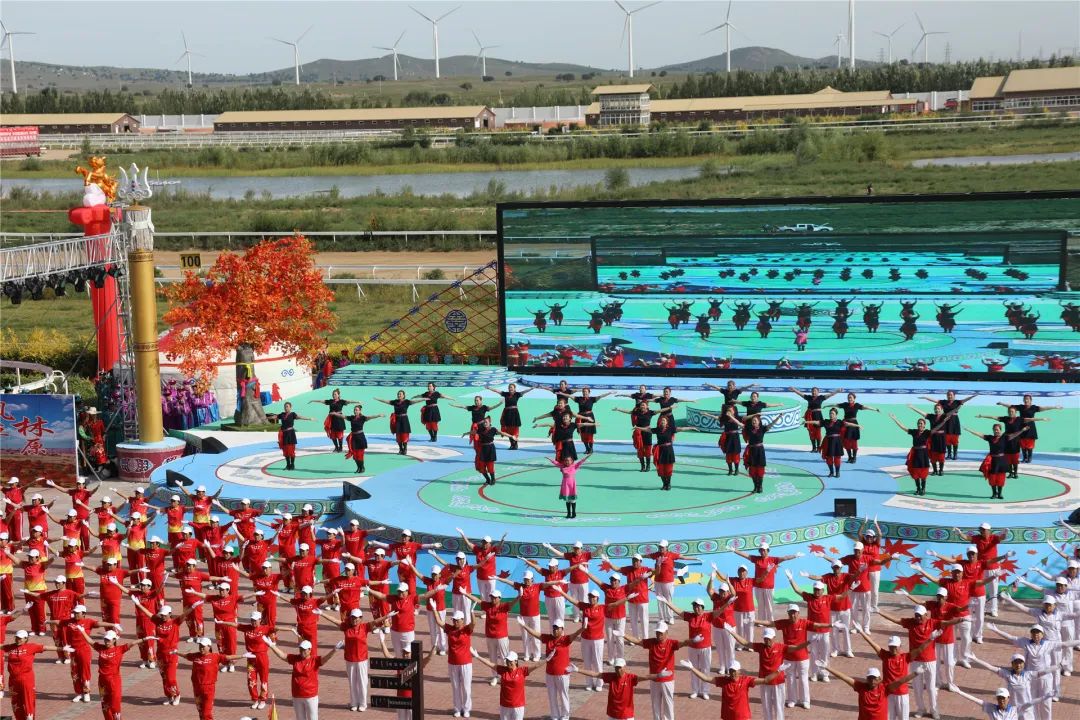
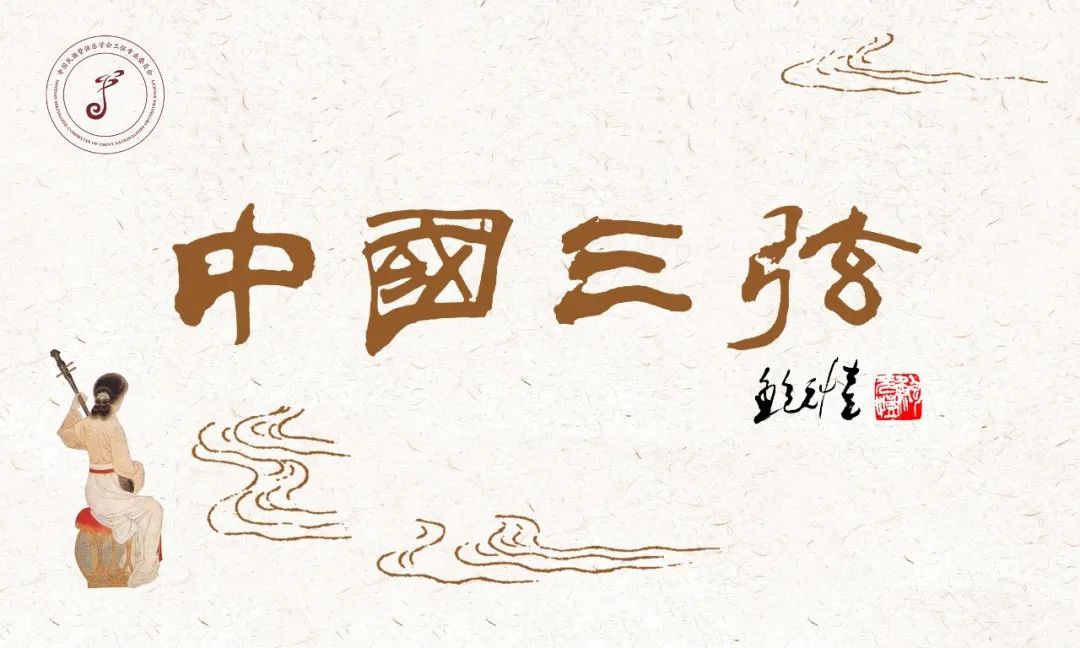



 蒙公网安备15052402000126号
蒙公网安备15052402000126号


发表评论